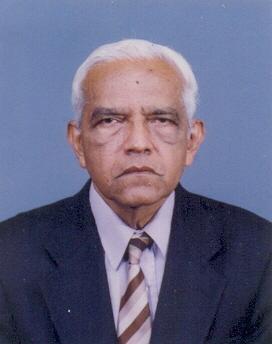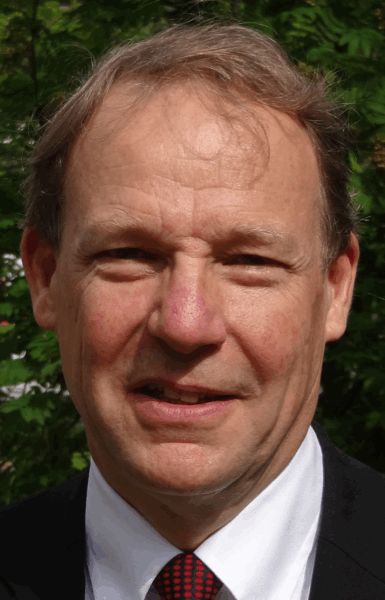
A key figure in reparatory medicine, Dr. CG Uragoda, MBBS(Ceylon), MD(Ceylon), Hon DSc(Colombo), FCCP(Ceylon), FRCP(London), FCCP(USA), is renowned for his innovative studies and breakthroughs in the field of occupational lung disorders.
In 1959, Tubercle, the preeminent worldwide publication on tuberculosis, published Dr. Uragoda’s first of several papers. With a concentration on occupational lung disorders, he conducted research for 30 years (1967–1997), producing an impressive 80 scholarly papers in high-impact journals. The first of its type in the world, Dr. Uragoda’s research revealed the effects of tea, cinnamon, kapok, coir, sulphur dioxide, graphite, chilli, silk, coffee, and paddy on the lungs. His initial studies were printed in peer-reviewed journals including Thorax, the British Journal of Industrial Medicine, the Journal of Tropical Medicine and Hygiene, and the Ceylon Medical Journal. His commitment to the scientific method is further exemplified by his work on the inhibition of histaminases by isoniazid. Dr. Uragoda was devoted to the field of science, and his mentorship has also inspired a new generation of healthcare professionals, solidifying his legacy as an icon in the field of respiratory medicine.
The Dr. CG Uragoda Oration is the key event of the inauguration ceremony of the annual academic sessions of the Sri Lanka College of Pulmonologists. The orator for Respire 15 (Annual Academic Sessions of the year 2025) will be Professor David Denning, who is a giant in mycology. Professor Denning is a professor of infectious diseases and global health at the University of Manchester, United Kingdom, and he was the founding president and chief executive of Global Action for Fungal Infections (GAFFI) in Geneva. He will be delivering the oration on “Chronic Pulmonary Aspergillosis: Both Follows and Mimics Pulmonary Tuberculosis, a Complex Interaction.”

Professor of Infectious Diseases in Global Health
The University of Manchester
[email protected]
There are more similarities than differences between pulmonary TB and chronic pulmonary aspergillosis (CPA), and they may occur together. The symptoms of early CPA are often subtle as it is a very ‘quiet’ infection radiologically. Fever is very uncommon (although nights sweats do occur), whereas fatigue is often pronounced. Haemoptysis is more common and usually more pronounced than in PTB. Cavitation (usually upper lobe, and unilateral or bilateral), pleural thickening and peri-cavitary infiltrates are characteristic on chest Xray, and an irregular internal edge of the cavity on CT typical, ahead of the formation of a fungal ball.CPA requires a combination of characteristic radiological features and a positive AspergllusIgG, and is supported by finding Aspergillus in respiratory tract samples. Cut-offs for Aspergillus IgG have been validated for multiple assays and the performance of the only lateral flow IgG/IgM assay documented. Cut-offs for the Siemens Immuulite, Dynamiker, Bordier and ImmunoCap methods have been validated in different populations. AspergillusIgG antibody detection is now a WHO recommended ‘Essential Diagnostic’. High volume fungal culture has a higher yield than conventional culture for CPA and ABPA. Many of these patients have subtle immunodeficiency, including poor pneumococcal antibody responses to polysaccharide vaccine, low T, B and/or NK cell numbers, low gamma IFN and IL-12 production. The relative frequency of CPA – overall 15.4% co-infection with TB (meta-analysis), ~25% in MDR TB in Indonesia, 8-13% at the end of TB therapy in Indonesia, >50% of post-TB patients with symptoms in Vietnam, India and Ghana, 3.6% after lobectomy for lung cancer in Japan and 0.2% in the UK, 7.2% after NTM disease in South Korea (range in different studies 3.9-16.7%) and 10% of COPD admissions to hospital with aspergillosis were CPA (90% invasive) in Spain and in Cuba 29% of CPA patients had no discernable underlying disease. Several meta-analyses on therapy have been published. At least 6 months or oral azole therapy is the primary recommended therapy with a 60-80% response rate, but many patients intolerant; discontinuation rates for voriconazole and itraconazole due to adverse events was 35% for both drugs. Overall response to IV amphotericin B or echinocandins was 61% with some loss of long term renal function in 25% receiving liposomal amphotericin B. In CPA patients, undergoing surgical resection, antifungal therapy before and during surgery reduces relapse, but antifungal therapy only after surgery probably does not.